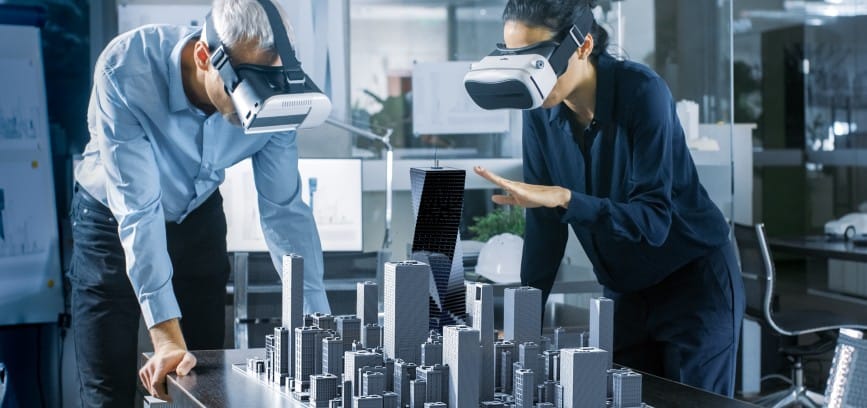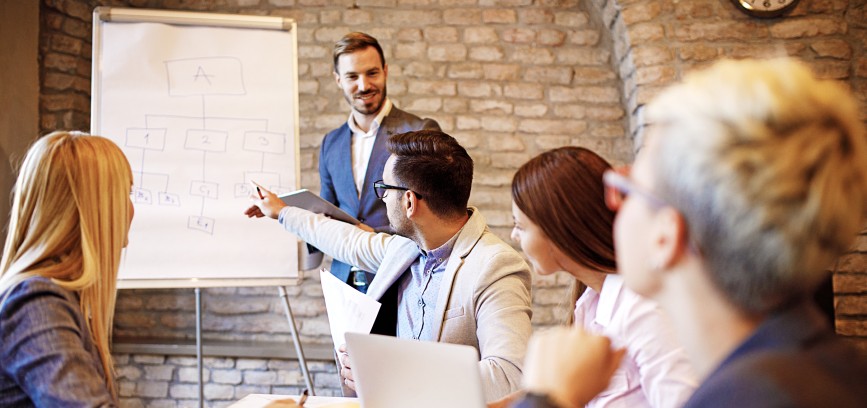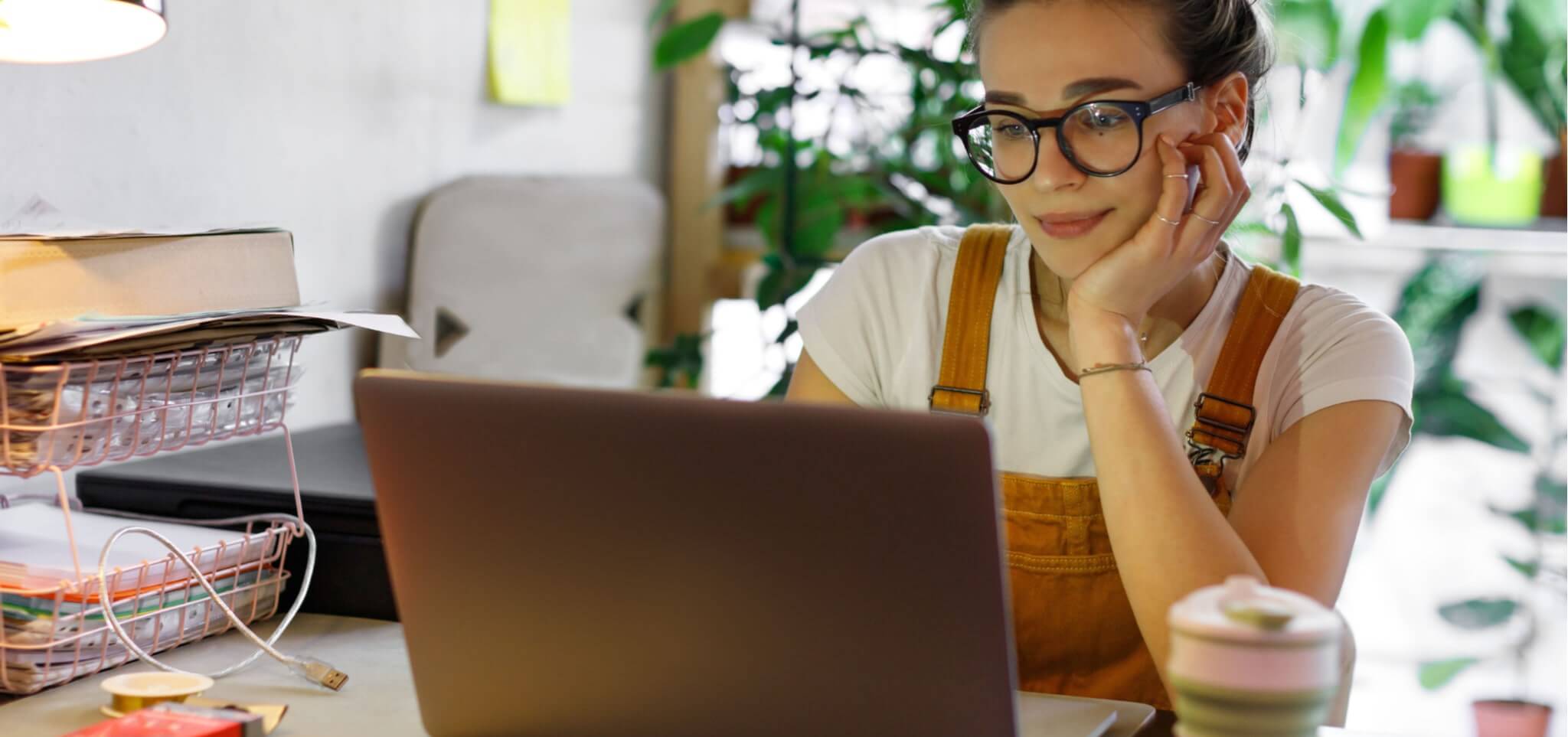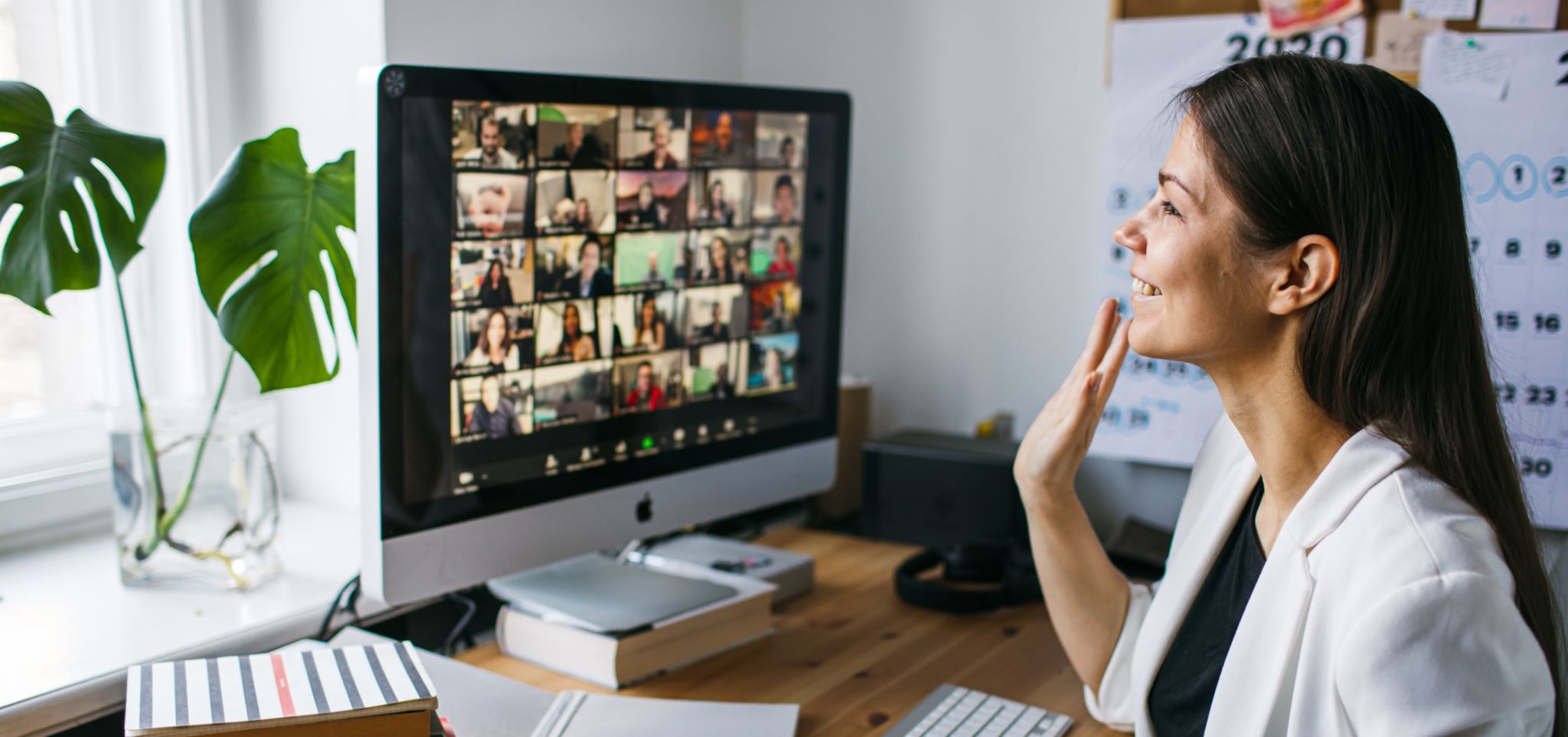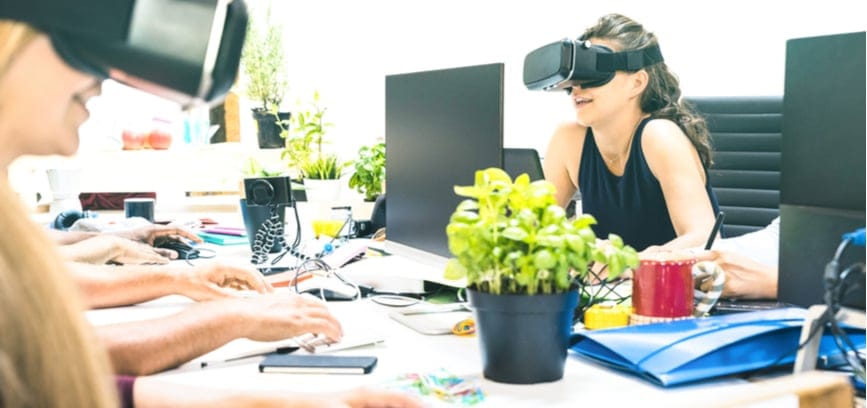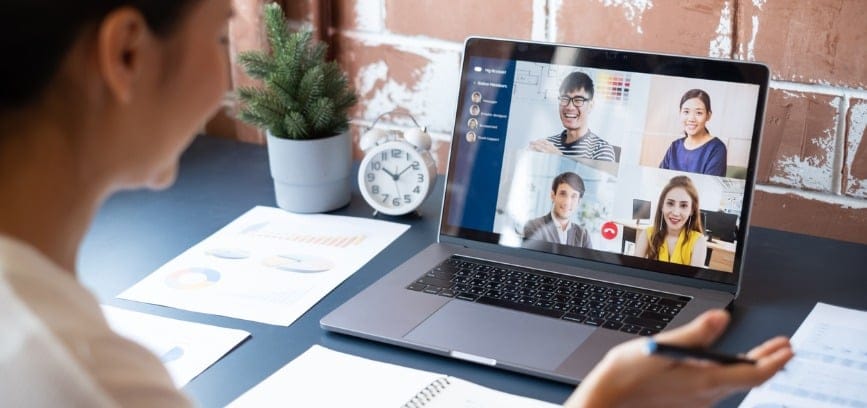As many businesses shift to a work from home strategy during the developing COVID 19 crisis, more Australians are working remotely than ever before. Rather than a passing trend, it appears the rise in remote working in Australia will permanently change our working culture.
With benefits like supporting employee health, increased productivity, better work-life balance and the opportunity to cut costs by rationalising office space, it’s no wonder remote working is seen as the future of the workplace.
But what do we know about the challenges of remote working in Australia and how to overcome them long term? And how will long-term remote work impact company culture?
This post explores how an organisation might rationalise real estate costs, while still strengthening and maintaining its culture.
Remote working benefits
Remote work had been on the rise for years before COVID 19 required people to shelter in place. Undeniably, the pandemic has accelerated the adoption of remote work across the world. And with this acceleration, companies have noticed some fantastic benefits for both employees and employers, not least of which is saving money on commercial real estate. While there are some more benefits of this strategy, there are also some watch-outs too.
Productivity and performance
Pre-COVID 19, a study found that 49% of professionals noted that they chose to work at home to complete deep, high-concentration work. So it’s not surprising that remote workers tend to be more productive. With more time and fewer distractions having a positive impact on productivity, remote work enables employees to focus on performance, results and higher quality work. Interestingly, this increased productivity and performance translate into greater employee engagement, which is significantly lowering absenteeism.
However, not all types of work are easy to perform in isolation – in the Owl Labs Global State of Remote Work report, respondents said brainstorms are the most challenging meetings to follow and participate in when working remotely. Perhaps more surprisingly, a different study found that dull repetitive tasks are also more difficult for remote workers.
Rationalise commercial rent and other associated costs
Remote working cuts costs for both employees and employers. According to Global Workplace Analytics, a part-time remote worker saves their company an average of $11,000 per year on rent and other associated office costs. So adopting a work-from-home stance for the longer term can clearly help to rationalise space and lower rent costs for an organisation.
However, a physical workplace is more than an overhead cost of running a business. Culture, collaboration and connection between individuals and teams are essential to overall unity and directed output in an organisation. So the reduction of rent cannot be considered in isolation – any space reduction must be considered in terms of the longer-term impact on culture also.
Healthier and happier employees
Aside from the obvious benefit of reducing the risk of spreading COVID 19, working remotely – even part-time, has been shown to increase happiness and lower stress for employees. Factors leading to improved employee wellness include:
- More time for exercise
- Healthy eating
- Less exposure to illness
- More time for interests and hobbies
- Improved personal relationships
However, without the ability to leave ‘the office’ many employees are now working longer hours. A recent Bluejeans survey found employees are working an additional 3.13 hours per day from home. It’s therefore unsurprising that working at home can lead to the blurring of work and non-work boundaries which can lead to increased stress levels.
Additionally, while remote work is well-received currently, due to COVID-19, Australians have only been working remotely for around five months (true at the time of writing). As the pandemic progresses and eventually passes, it is possible that extended remote work practices may become inhibiting and that a stronger delineation between work and home is desired.
Attracting and retaining talent
In a Zapier remote work report, about 75% of workers said they would be willing to quit a job that didn’t allow remote working for one that did. Unsurprising then that top HR executives recognise that offering remote working and flexibility will help a company to attract top talent and source the best candidates, regardless of location.
Having said that, some office-based collaboration and connection is still largely desired, and intelligent workplace strategy and design – even in a smaller corporate space, will assist in meeting those collaborative goals.
Why you might consider rationalising – not leaving – your commercial office space
Many organisations are now rationalising their commercial spaces, looking for some kind of hybrid solution that ensures culture and connection can be maintained, while remote work can support wellbeing, productivity and balance.
Collaboration and communication
Water cooler conversations, lunch with a colleague, team chats over coffee, all of these co-located office scenarios allow passive information gathering, which is lacking for remote workers. While a Slack chat is helpful, it doesn’t have the same impact as an in-person interaction. In fact, a study found that a face-to-face request is 34 times more successful than an email.
The bottom line is that there are fewer opportunities to communicate effectively when working remotely full time.
Smart workplace design with clever sensing technologies can instead help organisations to optimise their commercial space, in order to utilise space in a planned, efficient manner, maintaining social distance while reaping the benefits of commercial collaboration when in the office too.
Building company culture
Humans are social creatures who have a biological requirement for connection with others. Being physically near colleagues provides us access to a broad range of subconscious information and non-verbal communication cues. Remote working full time and only connecting virtually cheats us of these opportunities – the impact of which will be realised over time.
Take the opportunity to come together in person when it is safe to do so. Physical distancing solutions can be achieved with clever design and smart technology that manages room and desk availability in a user-friendly manner. There are clever ways you can make employees feel (and be) safe in the office environment. Not only does this kind of investment rationalise rent now and help keep employees safe, but it ensures the efficient use of all office space into the future, further saving on commercial rent and making the best of the space you have.
Employee wellbeing
While remote working is often seen as a bastion of employee wellbeing, it can lead to feelings of isolation and stress for some. It’s easy for boundaries to become blurred when employees aren’t leaving ‘the office’ at the end of the day. Without this clear distinction, unhealthy habits can form, like working back late and less in-person connection (whether that is with coworkers or family at home).
A hybrid remote work and in-office solution can help to maintain such balance. In the office employees’ work and personal time boundaries are so much more defined. Similarly, supporting remote workers to find their ‘third place’ whether that be a 5 pm walk or a group call prior to logging off for the day can assist. Recent experiences also show that an ergonomic home office that is separated from casual living space also helps to delineate work and home life.
Interruptions and distractions
While remote workers don’t need to worry about common office interruptions, they do have a whole host of new distractions at home. Whether it’s unannounced visitors, children arriving home from school, a spouse who types too loudly, or a delivery driver at the door, it can be challenging to maintain focus in non-commercial environments.
Whether in the commercial office or not, there isn’t a way to avoid all interruptions, but there are some strategies that can assist.
- Set office hours – you’re not to be disturbed between the hours of X and Y
- Noise-cancelling headphones (and tell others what it means when you’re wearing them)
- A home office with a door and a ‘do not disturb’ sign when you need to keep your head down
- An option to attend a safe, well-designed commercial office where you can work quietly and comfortably with less distractions should home become challenging
While remote work is likely to be a component of workplace strategy for some time, many Australian organisations are considering the longer term implications of this on culture and collaboration. Many conversations in the market are currently pitted around rationalising real estate costs by reducing and optimising commercial space. This then enables individuals and teams to work remotely some of the time, and use the office at other times – which is an extension of the activity-based trend we’ve been seeing for the last few years.
To manage this successfully and for the long-term, you may wish to consider aspects of design that assist with social distancing, that help to optimise and utilise underused space, and assist employees to find and use workspaces with efficiency and ease.
If you are looking to optimise your workplace for staff productivity and wellbeing, our proven workplace strategy and design process thoroughly considers your current realities, business objectives and future plans – including remote working. Find out more about our process here.

